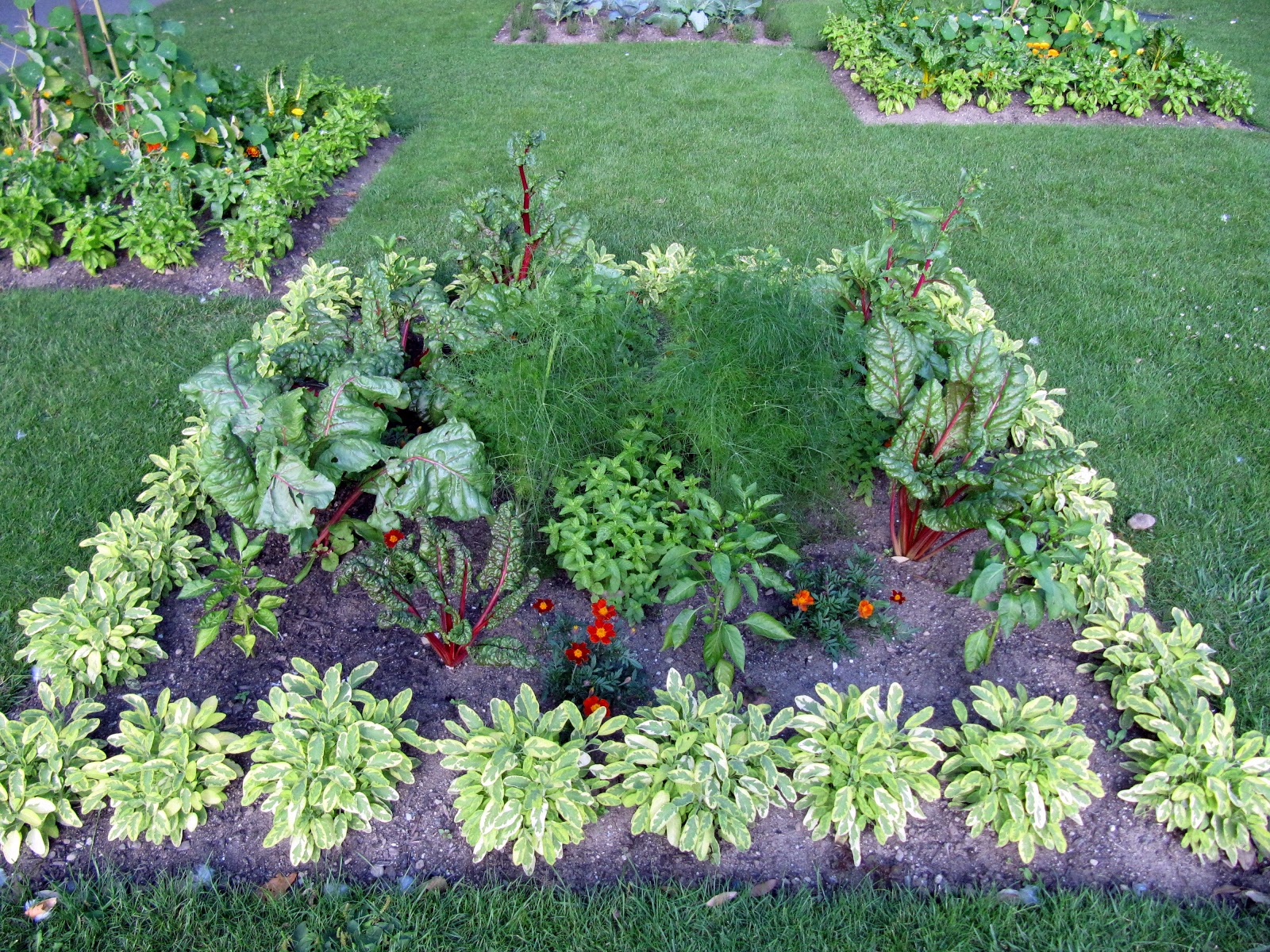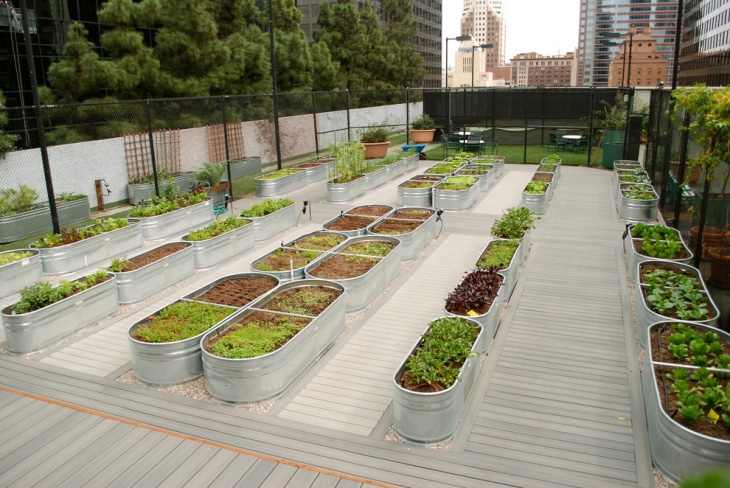


In Los Angeles, an artists collective called Fallen Fruit plants fruit trees in urban spaces, with the idea that they be nurtured and harvested by the public. In Seattle, volunteers transformed seven acres of grass next to a busy road into the Beacon Food Forest, which includes a "giving garden" of produce for donation, learning space and an orchard of fruit trees. It's part of a project to ensure that 85 percent of Atlanta residents are within half a mile of fresh food by next year.
#EDIBLE LANDSCAPE DESIGN FREE#
Atlanta City Council recently planted fruit and nut trees on seven acres in the city, the bounty of which will be available free to local residents. The campus is open to members and volunteers, though all programs have been online due to the pandemic.Īcross the country, "food forests" are rising from urban soil. It also absorbs stormwater and cools off the building, reducing energy costs. The 8,000-plus square foot garden produces more than 1,000 pounds of cabbage, carrots, lettuce, strawberries, and more every year. In this rich soil, students from the youth horticultural program tend fruits and vegetables, which are used for culinary classes inside the center, and served in the cafeteria. In Chicago, the Gary Comer Youth Center has a 24-inch layer of dirt on the roof, irrigated by collected rainwater. Volunteers can take produce home the rest goes to local food banks. All this fits into less than half an acre. The garden focuses on flowering plants and pollinating insects rows of fragrant lavender waving in the breeze bring tranquility to tired shoppers and workers on their lunch breaks. In downtown Detroit, Lafayette Greens is an urban garden and public green space where visitors can watch live music, enjoy local art installations, and take community yoga classes, all while watching butterflies flit from plant to plant. But recent years have brought a wide variety of edible landscapes, from tiny curbside herb gardens to enormous urban agriculture projects. These tended to disappear when the fighting ended. For example, the First and Second World Wars brought a brief fashion for community victory gardens, where parks were turned over to food production to aid the war effort. These types of spaces are not all new, Zeunert says. In Seattle, volunteers transformed seven acres of grass next to a busy road into the Beacon Food Forest. This could include community vegetable gardens, public parks with “edible forests” of fruit and nut trees, public university campuses with agriculture projects that benefit the community and neighborhood centers with food-producing green roofs. “Public food landscapes can transform public spaces from being passive scenes to view or experience at a relatively superficial level,” says Joshua Zeunert, a landscape designer and professor at the University of New South Wales in Sydney who studies edible public spaces.īy "public food landscape," Zeunert means food-producing land fully accessible to the public that is intended to be used for public benefit. Flowers are pretty, they say, but if those blossoms become apples or zucchini, isn’t that even better? Later, perhaps, you stop to help a group of volunteers dig up potatoes from the park’s root vegetable garden, to be placed in crates and cycled to the nearby food pantry.Ī growing movement of gardeners, food activists, landscape designers, urban planners and others is encouraging us to think “edible” when it comes to public green space. You reach up and pluck a few greengage plums from the tree overhead, and munch them as you continue walking. Imagine strolling through an urban public park, admiring the trees and flowers.


 0 kommentar(er)
0 kommentar(er)
